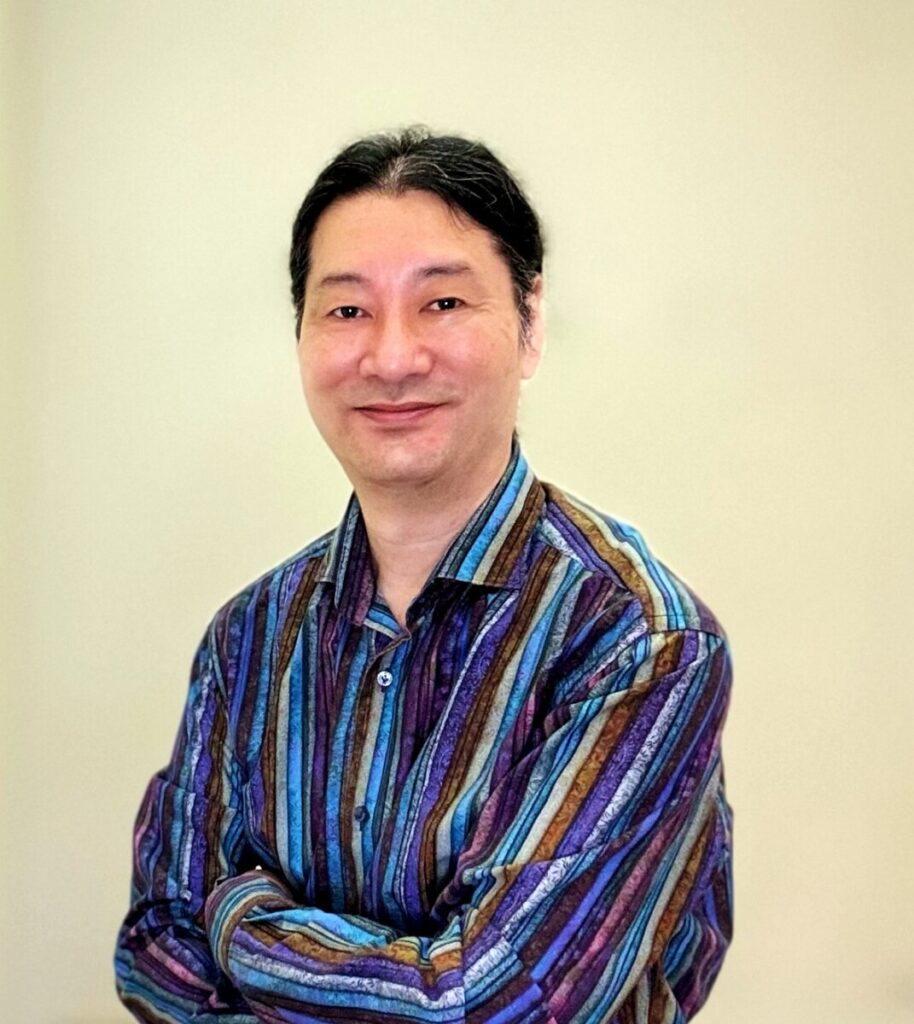
Member Profile: Masa Inakage
1. What do you do, and how long have you been doing it?
I have been a Dean and Professor at the Keio University Graduate School of Media Design (KMD) in Japan since 2008. I also serve as Co-Director of the Keio-NUS CUTE Center in both Singapore and Japan, and as Director of Keio STAR (Center for Sustainable and Transformative Actions for Regeneration).
2. What was your first job?
My first full-time job was at Japan Computer Graphic Lab (JCGL), a Japanese computer animation production company. Prior to that, I had the opportunity to do a summer internship at a consulting firm in Tokyo.
3. Where did you complete your formal education?
I completed my undergraduate studies at Oberlin College, majoring in economics. I earned my Master of Fine Arts from California College of the Arts (formerly California College of Arts and Crafts), where I explored synesthesia by artistically combining visuals and sound. I had the opportunity to spend time at the MIT Media Lab, where I began my journey into computer graphics rendering and user interaction. I later received my Ph.D. from Keio University.
4. How did you first get involved with ACM SIGGRAPH?
My artistic animation, produced at the MIT Media Lab, was accepted and shown at the SIGGRAPH ’84 Film and Video Show (now known as the Computer Animation Theater). My work on caustic rendering techniques helped me connect with leading figures in the rendering community—such as Jim Kajiya, Turner Whitted, and Rob Cook—and led to our co-organization of a rendering course in 1986.
5. What is your favorite memory of a SIGGRAPH conference?
My first in-person participation in the SIGGRAPH annual conference was in 1985 in San Francisco. One of the receptions was held in a museum, where I brought photo slides of my rendered results to share with researchers. That networking event remains one of my favorite memories and became a turning point that led to my ongoing volunteer and contributor roles across various SIGGRAPH activities and committees.
6. Describe a project that you would like to share with the ACM SIGGRAPH community.
I have been developing a futurist method called Dream-Driven Design, which envisions desired sustainable futures through the power of dreams and imagination, and uses backcasting to identify actions we can take today to change our course and realize those dreams.
7. If you could have dinner with one living or non-living person, who would it be and why?
I would love to have dinner with an innovative and creative alien from outer space. I’m curious to hear their perspective on our precious planet and to gain their wisdom on how we might design desirable futures.
8. What is something most people don’t know about you?
I am currently the Director of Keio STAR (Center for Sustainable and Transformative Actions for Regeneration). My work focuses on the intersection of sustainability, emerging technologies—such as AI and digital twins—and creative design, including immersive storytelling, to drive societal transformation. It is in our hands to envision and shape sustainable and desirable futures.
9. Is there someone in particular who has influenced your decision to work with ACM SIGGRAPH?
Scott Owen has been very supportive of my long-standing involvement in the Executive Committee. I proposed the formation of the Digital Arts Committee, contributed to the preparation of SIGGRAPH Asia, and currently serve on ad hoc committees focused on Design and Hybrid Society. Scott’s deep knowledge of the ACM SIGGRAPH organization allows him to offer valuable insights that help bring new ideas to life.
10. What can you point to in your career as your proudest moment?
I am proud to be the founding and current Dean of the Keio University Graduate School of Media Design. Since its launch in 2008, my 20-year journey of dedication and collaboration with our outstanding faculty and staff has helped shape the school into a truly global, creative, and innovative institution. We are now transforming the school once again to strengthen our commitment to societal contribution through the co-design of dream futures.